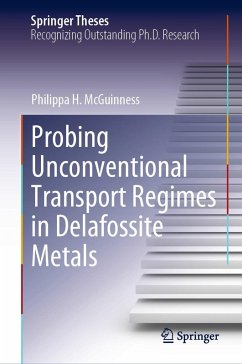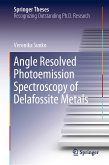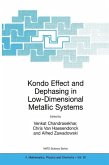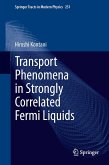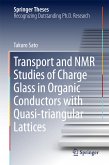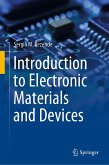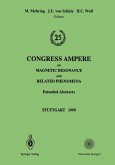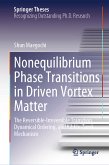This thesis describes in-depth studies of the remarkable electronic transport within the ultrahigh conductivity delafossite metals PtCoO_2 and PdCoO_2 using the tool of focused ion beam (FIB) microstucturing. Despite being first synthesised over 50 years ago, important questions remain regarding both the origin of the unusually high conductivity of these compounds and the consequences of their unique properties for unconventional electronic transport, such as that within the ballistic regime. The thesis explores both these areas.
High-energy electron irradiation is used to examine the effects of deliberately introducing point defects into PdCoO_2 and PtCoO_2, demonstrating that the extremely low resistivity of these materials stems from an extreme purity as high as 1 defect in 120,000 atoms, rather than a novel scattering suppression mechanism. In addition, studies of the electronic transport in micron-scale squares of these metals show that their broadly hexagonal Fermi surfaces lead not only to long range ballistic behaviour but novel ballistic regime phenomena which cannot be observed in materials with a higher-symmetry Fermi surface.
Dieser Download kann aus rechtlichen Gründen nur mit Rechnungsadresse in A, B, BG, CY, CZ, D, DK, EW, E, FIN, F, GR, HR, H, IRL, I, LT, L, LR, M, NL, PL, P, R, S, SLO, SK ausgeliefert werden.

